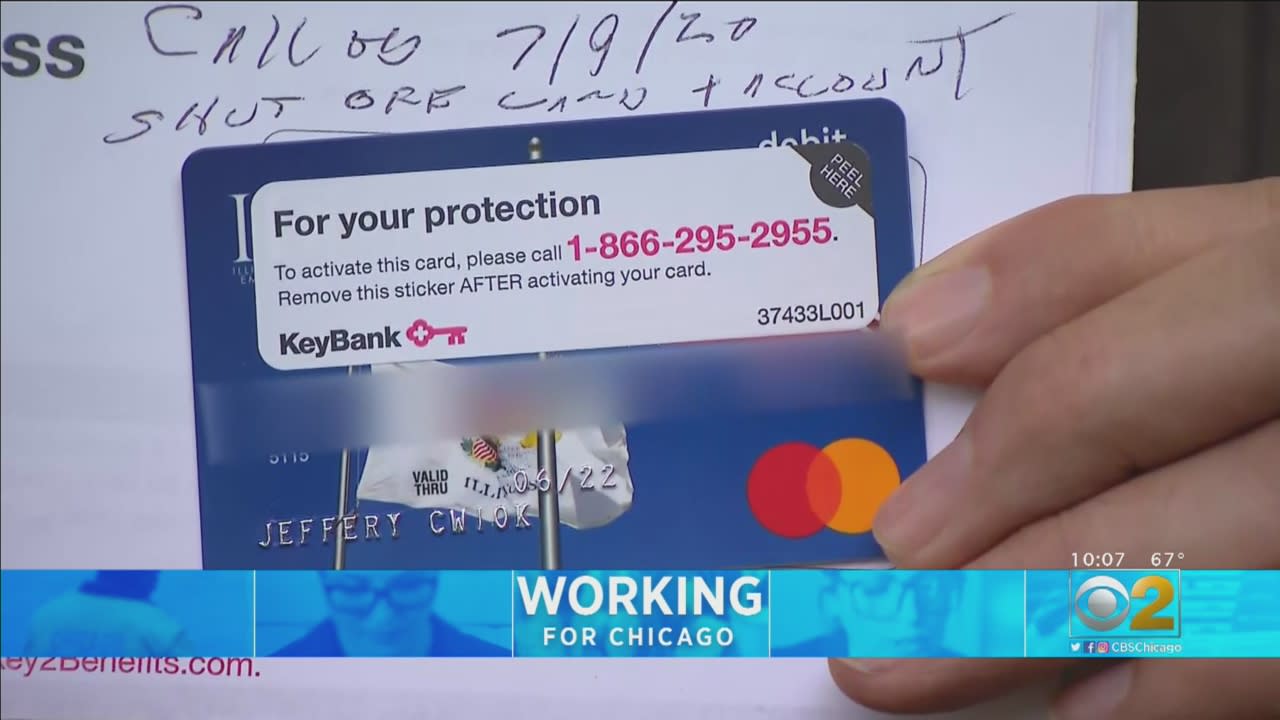Let me make it clear about A Balanced View of Storefront Payday Borrowing Patterns
Final thirty days we reported on research carried out by Clarity Services, Inc., of a rather dataset that is large of payday advances and how that research unveiled flaws within the statistical analyses published because of the CFPB to justify its proposed guideline on little buck lending. on the list of big takeaways: (a) the CFPB’s 12-month research duration is too brief to fully capture the total period of use of a payday client, and (b) the CFPB’s usage of a single-month static pool for research topics severely over-weights the knowledge of hefty users of this item.
The context for the research, and of the CFPB’s rulemaking, may be the CFPB theory that too numerous payday borrowers are caught in a “debt trap” comprising a number of rollovers or fast re-borrowings (the CFPB calls these “sequences”) where the “fees eclipse the mortgage quantity.” A sequence of more than 6 loans would constitute “harm” under this standard at the median fee of $15/$100 per pay period.
In March Clarity published a unique analysis built to steer clear of the flaws when you look at the CPFB approach, on the basis of the exact same big dataset. The study that is new A Balanced View of Storefront Payday Borrowing Patterns, uses a statistically legitimate longitudinal random test of the same big dataset (20% associated with the storefront market). This short article summarizes the Clarity that is new report.
What’s a statistically legitimate longitudinal sample that is random? The research builds a precise style of the experience of borrowers because they come and get within the information set over 3.5 years, therefore preventing the limits of taking a look at the task of friends drawn from a solitary thirty days.
更多…

